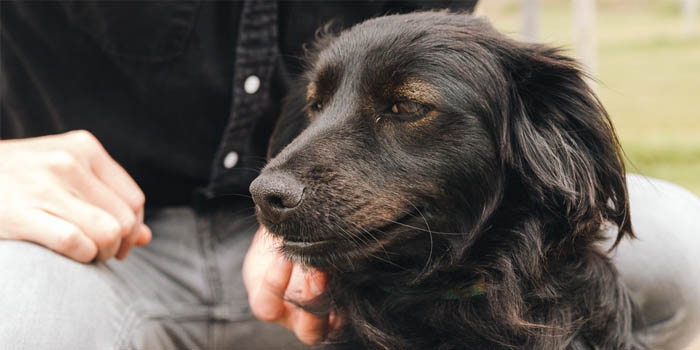Getting a new dog is a lot like having a new baby, there are certain pieces of equipment that you need for your convenience and their comfort.
Once you’ve decided to get a dog, it’s worth doing some research into the things you need and getting them in place before the dog arrives, so here are some items you need to ensure are on the list.
-
A crate and bed
It’s important for dogs to have their own space. Like humans, if things get noisy and overwhelming, they like to retreat to somewhere quiet. Setting up a crate with a bed and some blankets gives them a comfortable place to go if there’s too much noise or if they’re just feeling upset.
Crate training a dog is usually a simple process, which can be done even with young puppies, and once they’re trained you simply give them the command to go to their crate.
-
Food
You should have some food ready for when your dog arrives, with food and water bowls in a handy location. However, you shouldn’t stock up on too much food, as your dog may not like the brand you choose. Speak to your dog’s vet about the best food for their needs, which will depend on their weight, age and nutritional needs.
-
A seatbelt or car carrier
Having a dog in the car can be dangerous in the event of an accident. If you brake suddenly, your dog could be thrown forwards, which could seriously injure your dog and any passengers. It’s important to restrain your dog in the car, so when you go and pick it up, you should already have a harness, and crate or carry box ready to go.
In some states, it’s illegal to have an unrestrained dog, so don’t fall foul of the law on your first day of dog ownership.
-
A collar
Depending on where you live, it may be a legal requirement for your dog to wear a collar and tag in public. This is so that if your dog is lost, you can be easily traced. However, your dog should also be microchipped for extra protection. Pick a collar that’s comfortable and has a break-away buckle, to avoid your pet being strangled if the collar is caught.
-
Grooming supplies
The amount of grooming a dog needs will depend on its breed, but you should make sure you have a brush, dog shampoo and nail clippers to hand at the very least. You should take your dog to the groomers regularly if needed, as they will be able to give them a professional cut and check areas such as their anal glands.
-
Sort out care for your dog
While you’re shopping around for pet supplies, it’s worth sorting out your pet care, as some places have a waiting list. Go to heartandpaw.com and you can find doggie daycare and a vet for your new arrival. You could also spend time looking for a dog walker, if you’ll be at work all day, as this will ensure your dog gets fresh air and exercise when you are unable to do it yourself.
-
Dog-friendly cleaning supplies
Even if you have an older dog, toilet training accidents will happen, so you’ll need to ensure you have a poop scooper, biodegradable bags and cleaning supplies. In addition to a scrubbing brush and sponges, get some non-toxic cleaner and odor neutralizer so you can disinfect and get rid of any lingering smells. There are plenty of tips online for how to remove poop stains, so you can avoid your carpets and floors getting damaged.
-
Treats and toys
It’s important that your dog gets plenty of stimulation and play time, so buy a selection of toys and see what they enjoy the most. A ball, chew toy and rope are good starter toys for puppies, and you can get puzzle toys that’ll keep them entertained for longer. Treats are handy too as they help with training and obedience. It’s better to buy treats designed for dogs, rather than giving them human snacks, as certain foods that people enjoy can be deadly for dogs.
- A leash
Leash laws vary from state to state, but in general, it’s a good idea to keep puppies or untrained dogs on a leash, as they won’t have learned the recall command yet. Smaller dogs and puppies often do better with a harness, as they are less likely to be hurt if they pull away.
There are a number of different types of leash, such as fixed-length and extending leashes, so if your dog isn’t doing too well with one kind, you could always switch to another and see how they go. It’s normal for dogs to struggle with a leash at first, but they will soon get used to it and look forward to going for walks.
